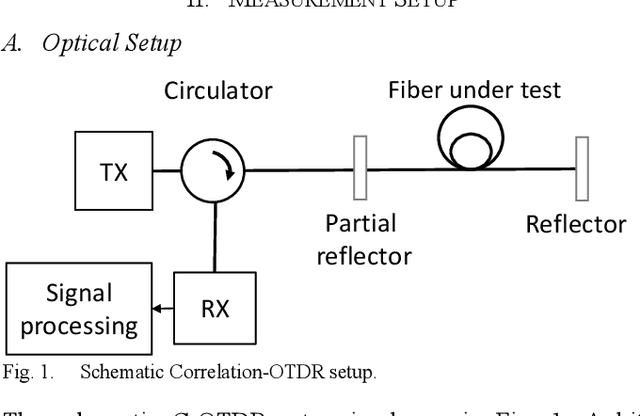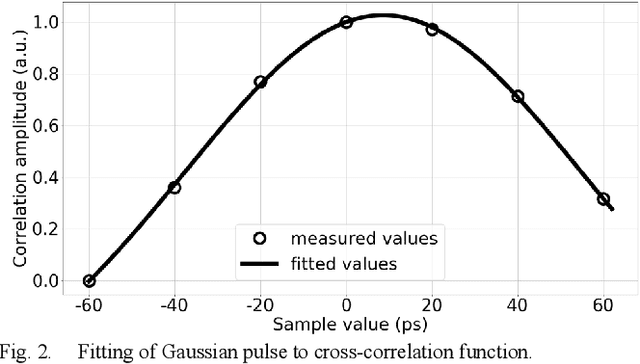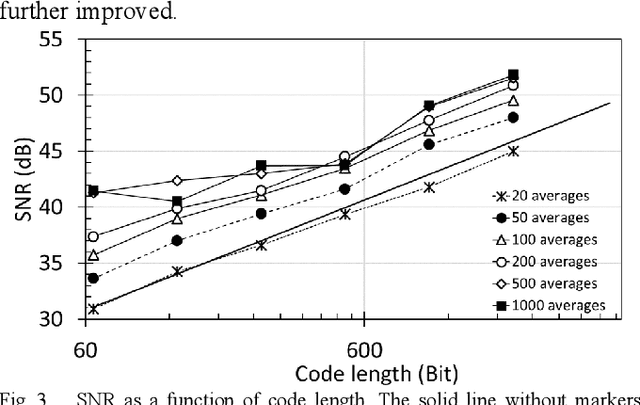Annika Dochhan
Experimental Investigation of Machine Learning based Soft-Failure Management using the Optical Spectrum
Dec 12, 2023Abstract:The demand for high-speed data is exponentially growing. To conquer this, optical networks underwent significant changes getting more complex and versatile. The increasing complexity necessitates the fault management to be more adaptive to enhance network assurance. In this paper, we experimentally compare the performance of soft-failure management of different machine learning algorithms. We further introduce a machine-learning based soft-failure management framework. It utilizes a variational autoencoder based generative adversarial network (VAE-GAN) running on optical spectral data obtained by optical spectrum analyzers. The framework is able to reliably run on a fraction of available training data as well as identifying unknown failure types. The investigations show, that the VAE-GAN outperforms the other machine learning algorithms when up to 10\% of the total training data is available in identification tasks. Furthermore, the advanced training mechanism for the GAN shows a high F1-score for unknown spectrum identification. The failure localization comparison shows the advantage of a low complexity neural network in combination with a VAE over established machine learning algorithms.
Accurate Single-Ended Measurement of Propagation Delay in Fiber Using Correlation Optical Time Domain Reflectometry
Feb 23, 2022



Abstract:A correlation optical time-domain reflectometry (COTDR) method is presented, which measures the propagation delay with an accuracy of a few picoseconds. This accuracy is achieved using a test signal data rate of 10 Gbit/s and employing cross-correlation and pulse fitting techniques. In this paper we introduce and evaluate the basic signal processing steps, investigate the measurement accuracy, and discuss applications for monitoring link delay and chromatic dispersion of long fiber spans as well as temperature sensing applications.
 Add to Chrome
Add to Chrome Add to Firefox
Add to Firefox Add to Edge
Add to Edge